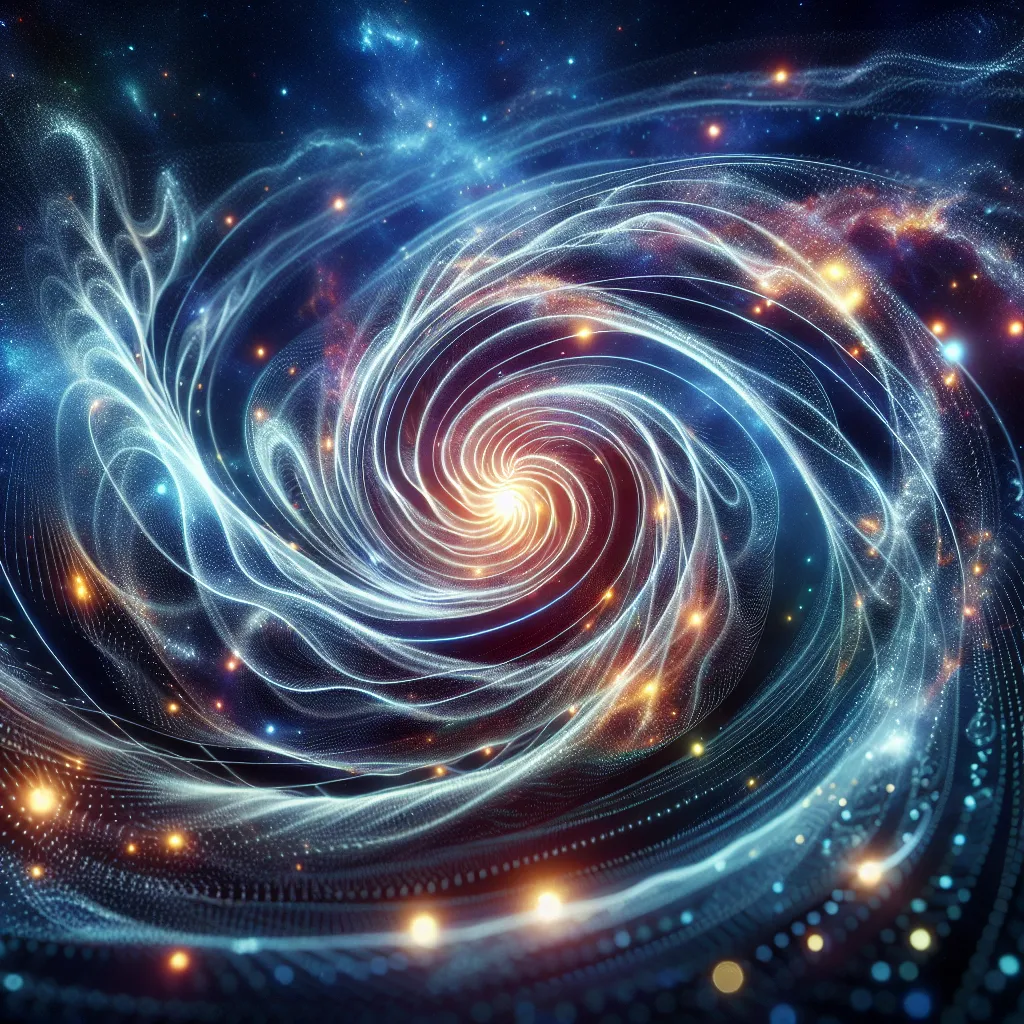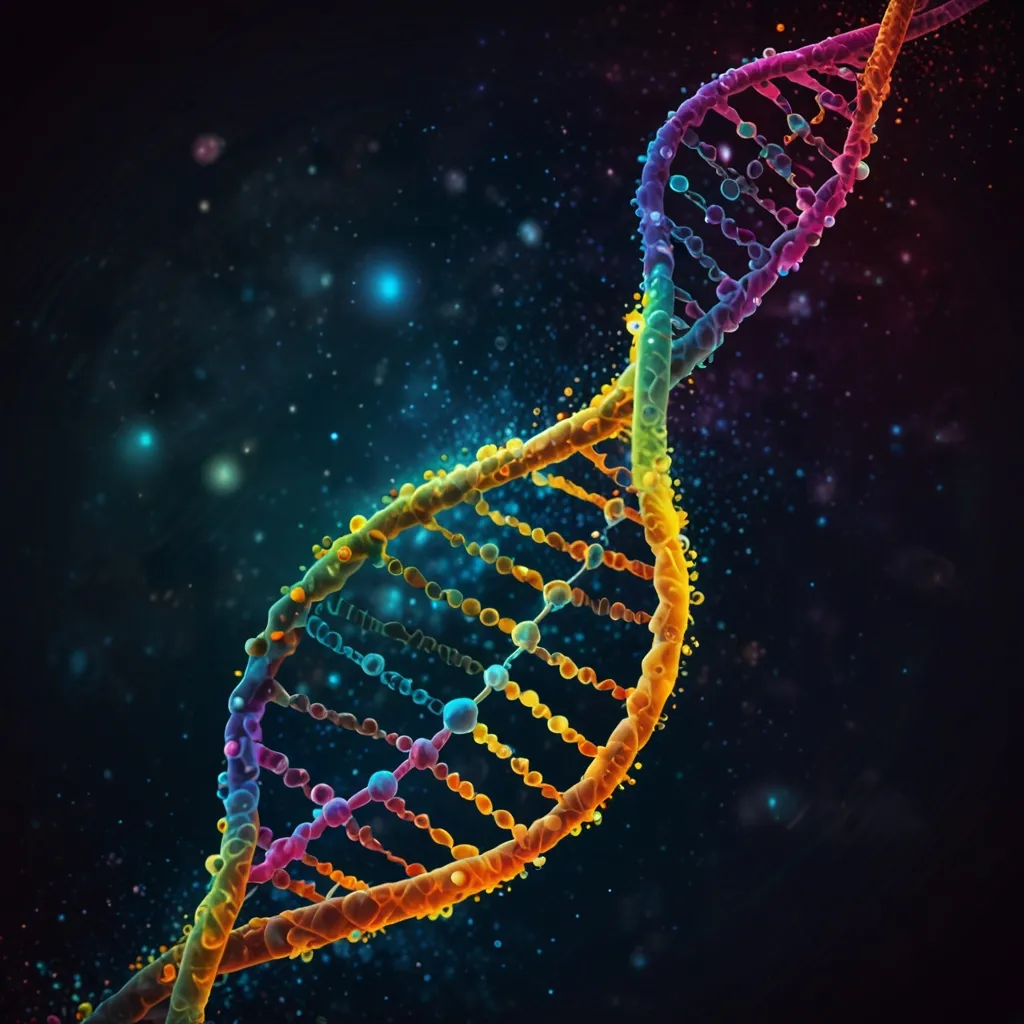The simplest questions often stump us the most. “What is a thing?” “Why do things happen?” and “Why do they happen the way they do?” Let’s break it down step-by-step.
So, what are we made of? You are composed of matter, which consists of molecules, built from atoms, and these atoms comprise elementary particles. But wait, if elementary particles are the tiniest bits of existence, what constructs them?
To answer that, let’s simplify. Imagine wiping the universe clean. No matter, no antimatter, no radiation, no particles—just pure emptiness. Sounds boring, right? But what is empty space? Is it a vacuum with nothing in it? Not exactly. Even absolute emptiness provides the foundation for everything.
Think of empty space like a calm ocean. Still, until a breeze stirs it up, forming waves. Our universe functions similarly. Scientists call these “oceans” fields. It might sound odd, but take radiation, for instance. By disturbing the electromagnetic field, we create a small ripple, which we recognize as a photon, the particle carrying radiation we perceive as light.
This isn’t unique to light. Every particle emerges similarly. Each kind of particle has its respective field. For instance, the electron field is present everywhere in the universe, and small disturbances in that field produce electrons.
In total, the universe’s fields can generate 17 particles, fitting into three categories—Leptons, Quarks, and Bosons. Leptons encompass electrons and their cousins, the muon and tau particles, each paired with its neutrino. Quarks, on the other hand, form protons and neutrons, composing the nuclei of atoms. Together, quarks and electrons create the matter we see around us—the air, the sun, and even the device you’re currently glued to.
Beyond existing, these particles “do stuff.” Properties of a thing are as integral as its existence. Enter the bosons, born from force fields. While quarks and leptons come from matter fields, bosons originate from force fields. We’ve discovered four fundamental forces so far—Electromagnetism, Gravity, and the strong and weak nuclear forces. These forces dictate the particles’ behavior, essentially writing the rulebook of the universe.
For example, gravity sets the stage for orbits and falling apples but also builds planets and stars. Electromagnetism isn’t just about magnets or light bulbs but also constructs every molecule. Forces and particles together operate like building blocks or a cosmic Lego set.
Bosons act like messengers, passing between particles, instructing them how to move and interact. Quarks might utilize electromagnetism and the strong nuclear force, while electrons employ only electromagnetism. This exchange helps form complex structures from these basic interactions.
Despite the universe’s seemingly chaotic phenomena—life, supernovae, and computers—everything boils down to 17 particles playing a game with four fundamental rules. This understanding forms the basis of the Standard Model of Particle Physics. Essentially, we’re disturbances in a vast ocean of energy, governed by cosmic rules.
But what exactly is a force? To unravel this, we must tackle more fundamental questions. The journey through this cosmic wonderland continues.






